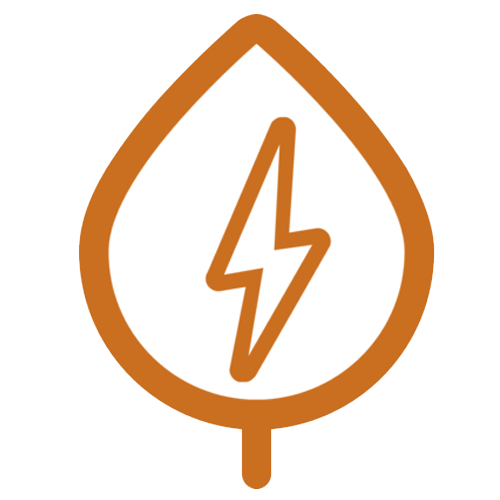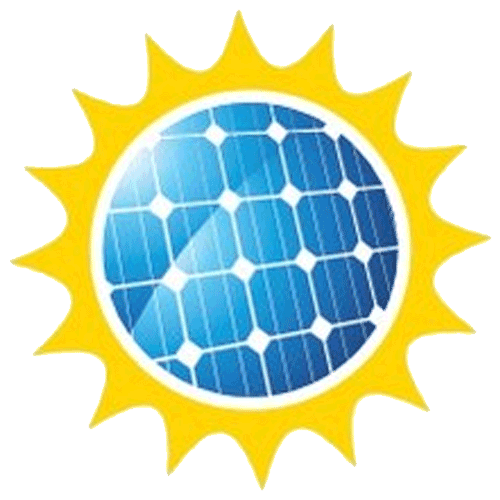The Centauri Process
Don’t worry – we make it effortless.
Consultation:
Tell me more!
You’ll team up with a solar expert to create a plan that’s just right for you. This plan will show you the perfect size for your solar setup, all the equipment you’ll need, how to pay for it, and what it’ll cost.
We want this plan to match your goals and make solar power work great for you. We can chat about it online or in person, and it usually takes 30-45 minutes. And don’t worry, no one’s going to pressure you into anything – we’re here to give you the lowdown on solar power in a friendly way so you can decide what’s best for you.
Financing & Incentives:
Tell me more!
Solar Financing Options: We’ll explain the different ways to pay for your solar system, like buying it outright, getting a solar loan, or leasing it. We’ll also help you understand the pros and cons of each choice.
Securing Project Funding: We’ll assist you in filling out paperwork and finding the money you need for your solar project.
Financing for Everyone: There are financing options for all kinds of homes and businesses. Our aim is to make solar affordable for everyone!
Reducing Costs: We’ll inform you about incentives, rebates, and tax credits that can lower the overall cost of your solar installation. Here are some examples:
Federal Tax Credit: You could get a 30% federal tax credit.
Utility Incentives: Depending on your area, you might qualify for incentives like Xcel Solar*Rewards, Dakota rebate, or MnPower rebate.
Grants: There’s the USDA REAP Grant.
Low Income Support: We can also help low-income customers access additional assistance.
Site Visit:
Tell me more!
Site Visit Details:
Roof Space: We’ll see how much space your roof has and how it’s laid out.
Shading: We’ll check for any shadows or obstructions that might affect your solar panels.
Electrical Setup: We’ll review your electrical infrastructure to ensure a smooth connection for your solar system.
Your Preferences: We want to know what you want to achieve with solar energy to tailor the plan to your needs and goals.
Interconnection:
Tell me more!
Interconnection Details:
Application: The DER Interconnection Application is your way of asking the utility to let your solar system connect to the grid.
Timeline: Depending on your utility provider, it may take different amounts of time for approval. For example, Xcel Solar rewards might take 30-45 days, Xcel Distributed Generation typically takes 30 days, and many other utilities complete it in 30 days or less, like Dakota, ECE, and Wright Hennepin.
Planning & Permitting:
Tell me more!
Permitting & Procurement Details:
Electrical Permit: The electrical authority checks your electrical permit application to make sure it meets the National Electrical Code (NEC) and local electrical rules. This might include inspections of your electrical design.
Building Permit: The building department reviews your application to ensure it complies with local building codes, zoning regulations, and structural requirements. This can involve plan checks and inspections to guarantee everything is up to standard.
Construction:
Tell me more!
Mounting System Installation: We’ll set up sturdy structures on your roof or the ground to support the solar panels. These come with a standard 25-year warranty for your peace of mind.
Electrical Wiring and Grid Connection: We’ll install the necessary wiring to connect your solar panels, inverters, and other components. These wires will be routed to your electrical panel and integrated with your building’s electrical system.
Solar Panel Installation: Finally, we’ll securely place the solar panels onto the mounting structures.
Inspections:
Tell me more!
Building Inspection: This checks if the structural and safety aspects of the solar installation meet local building codes and regulations.
Electrical Inspection: This ensures the safe and compliant integration of the solar system into your building’s electrical system. Both inspections are important to make sure your solar setup is up to standard and operating safely.
Permission to Operate:
Tell me more!
Formal Approval: PTO is formal permission granted by the right authorities or utility companies.
Grid Connection: It allows your solar system to connect to the electrical grid.
After Requirements: You typically get PTO after successfully completing all the necessary inspections, approvals, and paperwork related to your solar project. It’s the final step before your solar power starts flowing.

EnergySage
![]()
![]()
![]()
![]()
![]() (5/5) - EnergySage
(5/5) - EnergySage

Google Reviews
![]()
![]()
![]()
![]()
![]() (5/5) - Google
(5/5) - Google

SolarReviews.com
![]()
![]()
![]()
![]()
![]() (5/5) - Solar Reviews
(5/5) - Solar Reviews
Questions?
ASk away!
Clean. Renewable. Efficient.
Turn empty space into an asset. While investing in the planet you also are putting money back in your pocket. Let us help you take advantage today.
